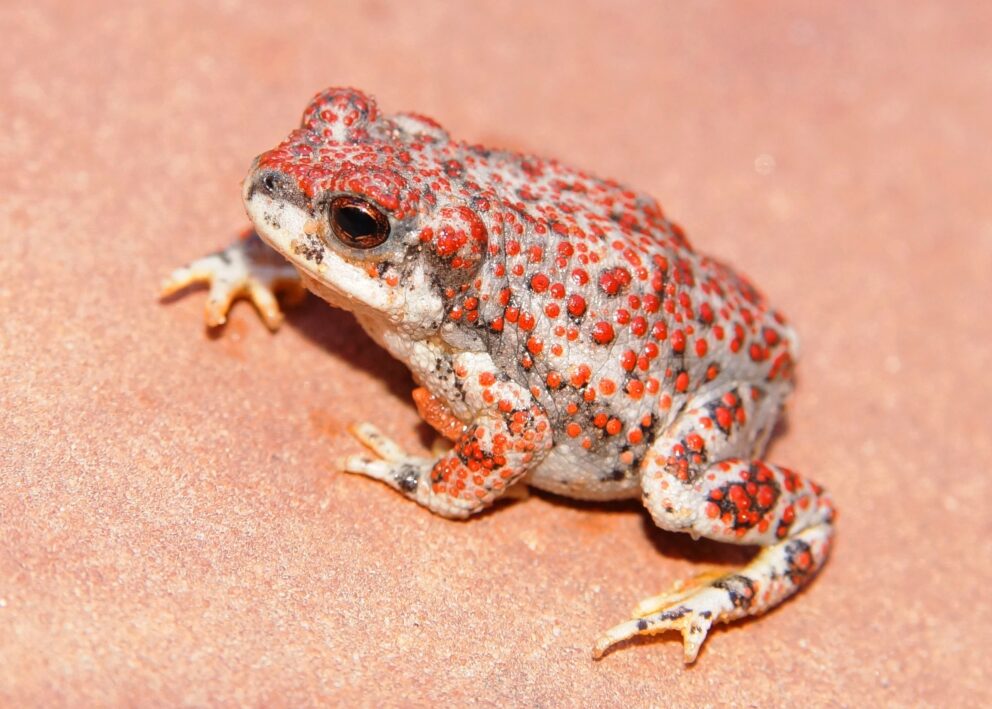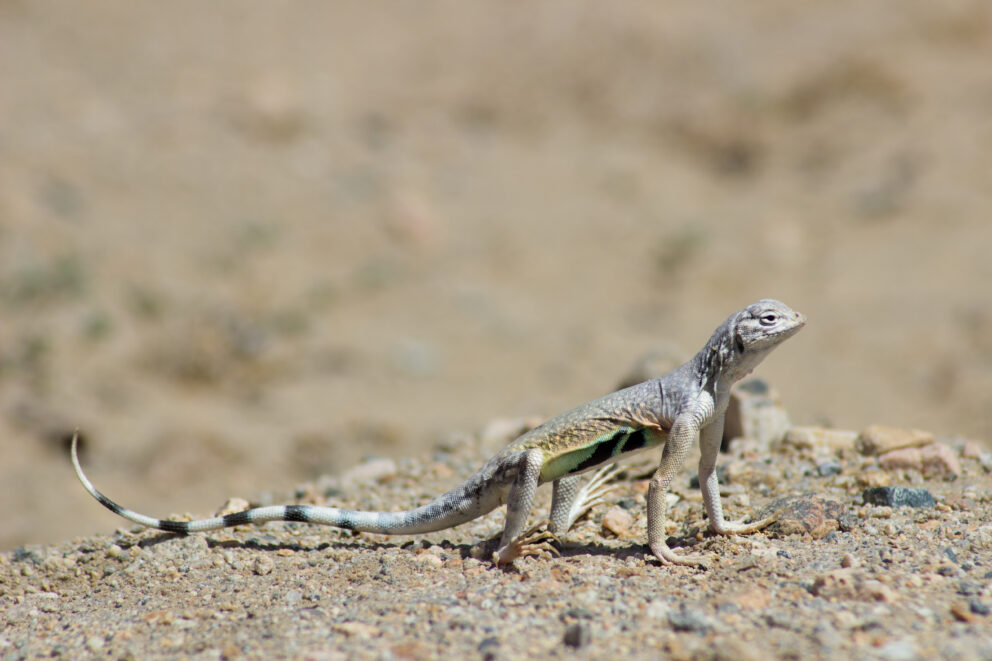- SCIENTIFIC NAME
- Diadophis punctatus
- CLASSIFICATION
- Reptile
- LIFE SPAN
- 6-10 Years
- STATE CONSERVATION STATUS
-
- Priority Species
- Unprotected
- FEDERAL CONSERVATION STATUS
- Least Concern
- GAME STATUS
- Non-Game
- Washoe
- Humboldt
- Pershing
- Churchill
- Mineral
- Lyon
- Douglas
- Carson City
- Storey
- Elko
- Lander
- Eureka
- White Pine
- Esmeralda
- Nye
- Lincoln
- Clark
Habitat & Range
The Ring-necked Snake is found in forests, woodlands, grassland, and riparian areas of arid regions. They do prefer areas that are seasonally wet at the very least. These snakes can be found taking cover under the bark of dead trees, under rocks, and on rocky hillsides. In Nevada, they are found in the southeastern part of the state.
- Mojave desert
- Springs and springbrooks
- Warm desert riparian
Threats
- Habitat Degradation
- Habitat Loss
Natural History
The Ring-necked Snake eats earthworms, slugs, small salamanders, frogs, lizards, snakes, and various other small invertebrates. These snakes subdue their prey by constriction. Ring-necked Snakes are primarily nocturnal, though you could see one during the day basking in the sun potentially.
They are secretive and not usually aggressive. They are also a social species, and sometimes form communities with six or more other snakes in the same habitat. The Ring-necked Snake, being a smaller snake, has may potential predators including other snakes, small mammals, birds of prey, and even large spiders and centipedes have been known to prey on the young.
Fun Facts














